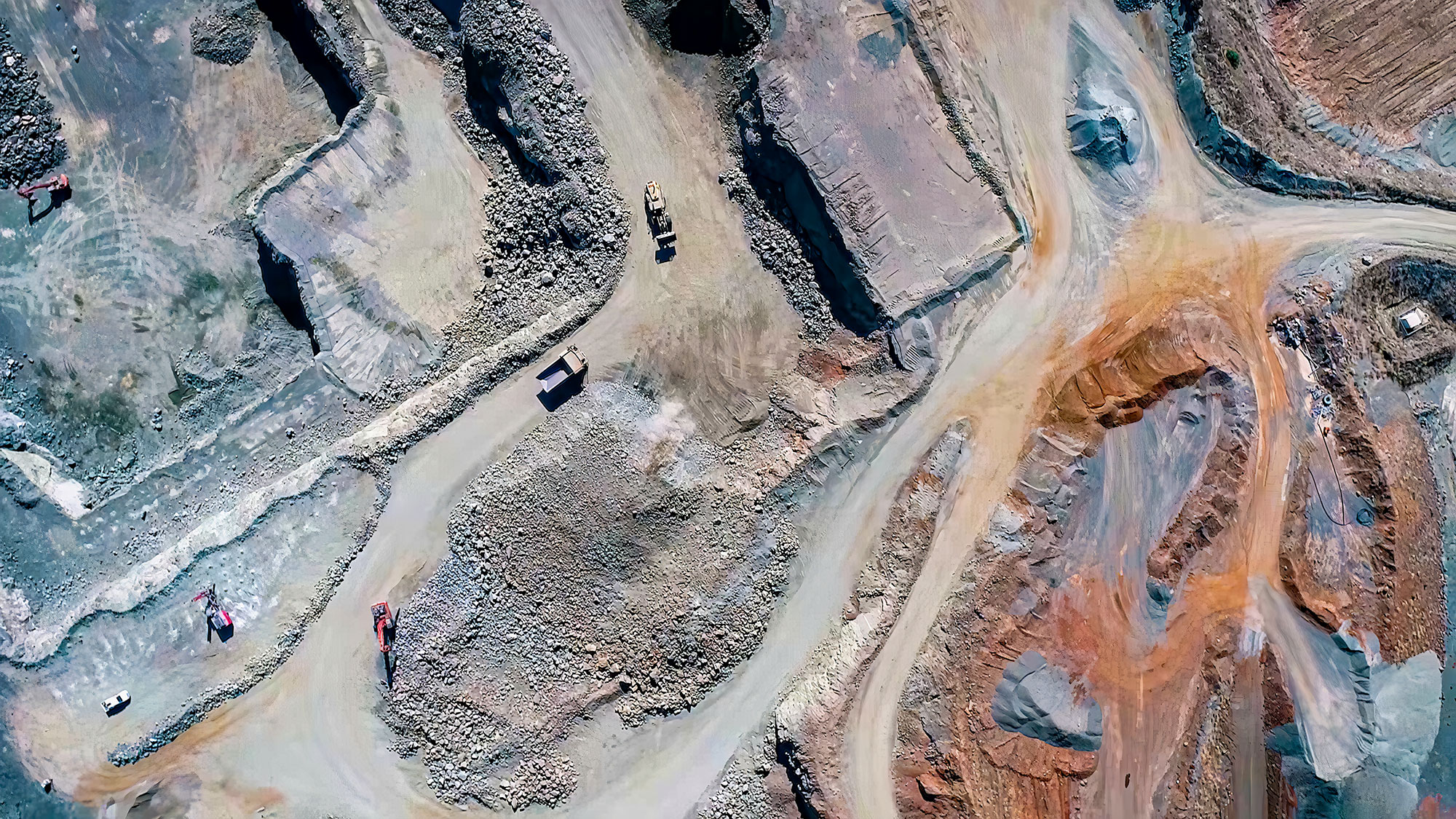
A “positive” feedback loop: ESG and critical minerals and the mining sector
The Canadian mining and metals sector continues to be shaped by ESG factors, which are driving macroeconomic trends and influencing project-level decision-making. However, the demand for materials underpinning the global energy transition, and the need for economies to secure reliable supplies of sustainably produced critical minerals to support that transition, has meant that mining products have become an integral part of the global environmental and social conversation. When coupled with the ongoing investor and other stakeholder focus on ESG, this demand for critical mineral exposure has created a number of opportunities for mining companies.
Market demand
Even in challenged capital markets, there remains broad investor support for companies involved in the production of minerals that are critical to the energy transition. Copper is playing a leading role in this story, with a number of development projects seeking funding, and large industry players emphasizing their copper exposure. Prices have rebounded from record lows early in the pandemic, remaining above $4.00/lb. These marketing efforts are leading to successful transactions in the capital markets, with the largest equity offering in the Canadian capital markets in Q1 being Capstone Copper’s $330M secondary offering.
The investor demand for critical minerals exposure presents mining companies with a number of opportunities to strategically evaluate how their asset portfolio can be best maximized from an investor demand perspective. This includes external positioning with respect to macroeconomic commodity trends and internal strategies to develop more sustainable operations that are more attractive to investors.
For example, changing and distinct investor appetites for fossil fuels and other commodities that are not seen as part of the energy transition have led to a number of mining companies evaluating and rationalizing their asset portfolio. A number of global giants have divested assets in recent years including BHP and Rio Tinto. The most prominent recent example in Canada is Teck Resources Limited’s recently announced proposed transaction to spin off their metallurgical coal business into a separate public vehicle, Elk Valley Resources.
Similarly, sustainable mining operations have increasingly become a marketing differentiator, whether in attracting investor capital (for example, Fairfax’s strategic equity investment in what is billed as the world’s first carbon neutral copper company, Foran Mining) or in obtaining preferential sales pricing and opportunities for net-zero products, such as the pricing premium for low carbon aluminum (approximately $30/t at the end of 2022). In this respect, mining companies have also announced strategic partnerships with electric vehicle and other OEMs in the battery metals supply chain, emphasizing those with more environmentally friendly production methods, such as Tesla’s deal in respect of nickel from the Tamarack mine in Minnesota.
Critical minerals and government support
The stable supply of certain minerals necessary to underpin the energy transition and to support and develop the supply chain for the green economy has been identified as a clear priority by multiple levels of Canadian government. The federal government introduced the Canadian Critical Mineral Strategy in December 2022, describing it as “a road map to seizing a generational opportunity” to become the world’s green supplier of choice for critical minerals. This mirrors the introduction of critical mineral strategies in a number of Canadian provinces, including Ontario, Québec, Alberta and Saskatchewan.
While a comprehensive roll-out of all aspects of the critical mineral strategies has not yet occurred, there are clear policy initiatives at multiple level governments to address aspects of the strategy and to be perceived as advancing these critical matters. These initiatives create numerous opportunities for mining companies at all stages of the project life-cycle, from exploration and permitting through reclamation.
The Government of Ontario recently announced proposed amendments to its Mining Act, trumpeting these changes as necessary to “help attract more investment” and to “secure the critical minerals that support the made-in-Ontario supply chain for new technologies like batteries and electric vehicles”. While the scope of these changes was relatively limited, the proposed amendments and the related messaging of the government is indicative of a strong desire to be seen as supportive of the mining industry, particularly in the context of the battery metals supply chain and the energy transition.
The recent Federal Budget contained a number of policy initiatives designed to support the Canadian Critical Mineral Strategy and the Canadian mining industry more broadly (read our full analysis here). These included tax incentives in respect of critical minerals as well as direct financial support for project development.
The Budget proposed a new tax credit for the extraction and processing of certain critical minerals: lithium, cobalt, nickel, graphite, copper and rare earths. The tax credit rate is proposed to be equal to 30% of the capital cost of eligible property associated with eligible activities.
Notably, this tax credit is targeted at accelerating investment in the sector, and so is scheduled to phase-out beginning in 2032. The Budget also extended the application of the existing flow-through shares rules to lithium from brines.
The federal government announced the launch of a $1.5 billion Critical Minerals Infrastructure Fund for the development of energy and transportation projects in support of critical minerals project development. The new fund is designed to complement other clean energy and transportation supports, such as the Canada Infrastructure Bank and the National Trade Corridors Fund, as well as other federal programs that invest in critical minerals projects, such as the Strategic Innovation Fund.
Support for Indigenous engagement and participation
One aspect of the Canadian Critical Mineral Strategy that is particularly relevant for mining companies in their long- term strategic planning is the emphasis on increasing Indigenous participation in the development and exploitation of critical mineral deposits. The Strategy included a commitment to provide $103.4 million over five years, starting in 2022-23, to Natural Resources Canada to develop a National Benefit-Sharing Framework, and the expansion of both the Indigenous Partnership Office and the Indigenous Natural Resource Partnerships program. It is intended that at least $25 million of this funding should be dedicated to early engagement and Indigenous communities' capacity building to support their participation in the critical minerals strategy. The 2023 Budget included additional proposals for support for Indigenous participation, including: $8.7 million in 2023-24 to Natural Resources Canada to support deeper engagements with Indigenous partners toward the development of the National Benefits-Sharing Framework; and $19.4 million over five years, starting in 2023-24, to Crown-Indigenous Relations and Northern Affairs Canada for the Northern Participant Funding Program to increase the participation of Indigenous Peoples and other Northerners in environmental and regulatory assessments of major projects.
Government financial support to increase Indigenous participation in the project and infrastructure space presents interesting opportunities for mining companies to effectively engage with their Indigenous partners in new ways that provide direct financial benefits through equity participation (for more, read our article “Indigenous involvement in major projects: 3 best practices to thrive in the evolving projects ecosystem” here).
Budget 2023 indicates that the Canada Infrastructure Bank will be mandated to provide loans to Indigenous communities to support equity and other economic stakes in infrastructure projects in which the Canada Infrastructure Bank is also investing.
Recent examples of Indigenous equity participation in projects include the equity partnership between Enbridge and Athabasca Indigenous Investments, a newly formed organization representing 23 First Nation and Metis communities in Alberta, for an interest in seven Enbridge operated pipelines in Northern Alberta and the Indigenous majority-owned Wataynikaneyap Power LP, in partnership with Fortis Inc. and other private investors, for the construction and operation of transmission lines in Northern Ontario.
We expect to see continued interest in equity participation in large-scale projects, with increasing interest in the mining space. There are a number of strategic challenges with adapting existing equity participation models to the mining industry, but we anticipate project proponents and impacted communities will develop innovative structures and tap government supports to share the economic benefits of projects through direct equity participation.
To discuss these issues, please contact the author(s).
This publication is a general discussion of certain legal and related developments and should not be relied upon as legal advice. If you require legal advice, we would be pleased to discuss the issues in this publication with you, in the context of your particular circumstances.
For permission to republish this or any other publication, contact Janelle Weed.
© 2025 by Torys LLP.
All rights reserved.

